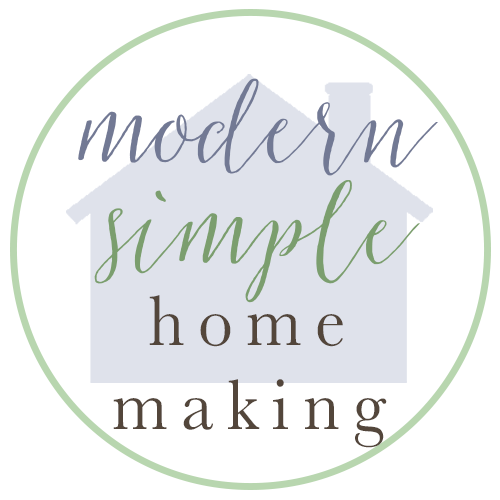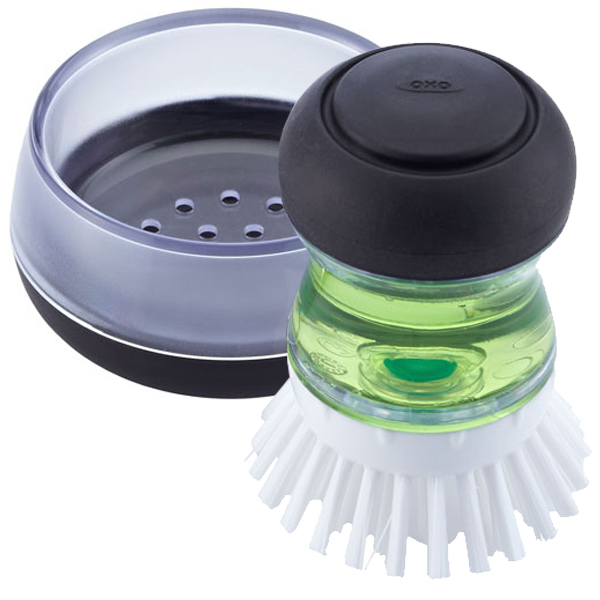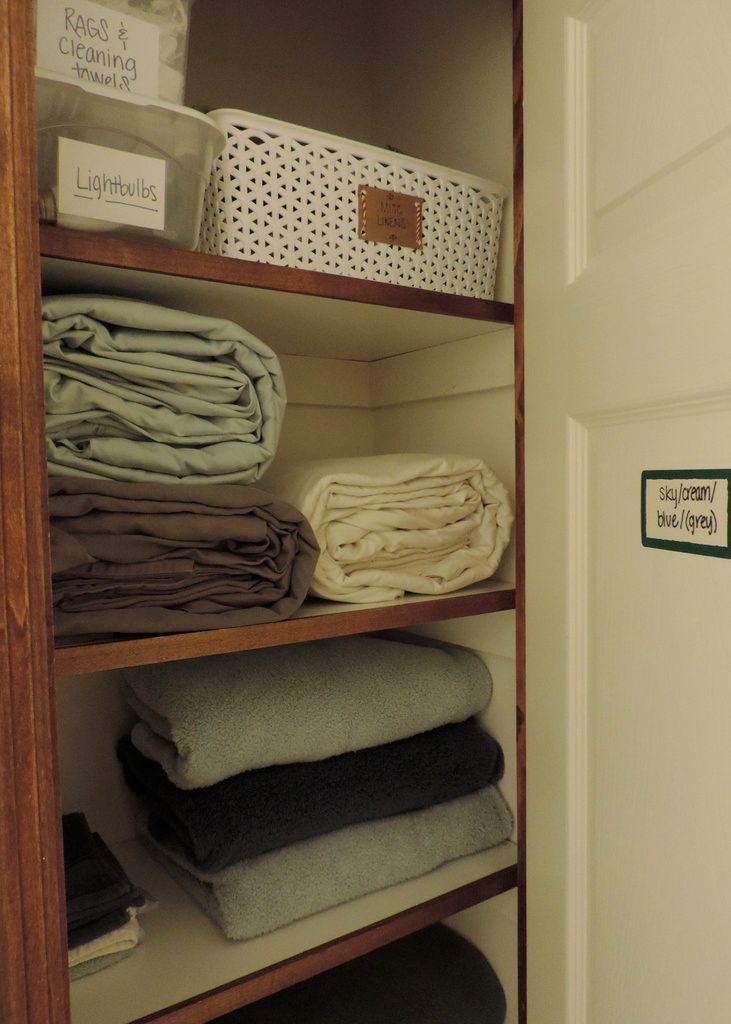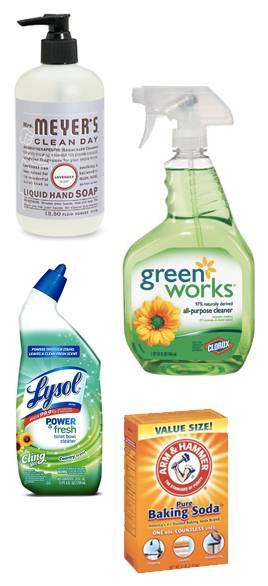 |
| (source) |
First off, two announcements: Today is my b-day, which is fun though slightly less exciting as an adult! Also, this is the first post ever that I'm posting from my couch...that's right, Strider and I officially have home internet—so fancy!
So, remember back when we built Family File Folders for all of our important documents? Well, now that we've got those under control, the question is:
"What about the day-to-day info we need at our fingertips?"
Any Downtown Abbey fans out there? 'Cause I imagine Mrs. Hughes has the answer to our daily organization needs. You'd absolutely have to be an expert to manage a house and staff that size! The answer:
a Household Management Binder!
There are tons of different versions on Pinterest, but most are too detailed for our simple, newlywedish life. Last year, I made a super-organized budget binder for us. Result? Two months of use and the realization that Strider will only use it if it's on the computer. As such, we moved to a digital budget spreadsheet and my creation fell by the wayside. BUT...a Home Management Binder (HMB) for just me to use, well that's something!
After hours of online searching, I realized that our household needs are far simpler than some others. If you need something super-extra-detailed, links to my favorites are at the bottom of this post. If, however, you're like me and just looking for something simple, read on!
First things first, let's think through all our info and needs, weeding out what we won't need to incorporate.
This may include:
- Basic Household Info: Essentially a family one-sheet, quick-glance info only, but helpful for visitors too!
- Important Dates: We keep these on our super cute perpetual calendar hung in the kitchen.
- To-Do List: I prefer a small purse notebook rather than printed sheets. This app is awesome too!
- Menu Planning/Grocery List: As seen in my post on meal planning, this sheet is a must for my binder.
- Cleaning Checklists: I keep our daily & weekly tasks on the fridge, but seasonal tasks stay in the binder.
- Freezer/Fridge/Pantry Inventories: Though helpful for larger families or homes with extensive food storage, we
don't have enough space to merit needing these just yet.
- Password log: We change these too often to print and I prefer to store them more privately than a binder.
- Important Receipts: For items that may need to be returned within the next 30-60 days (esp. clothes).
- Favorite Take-Out Menus: Rarely used but a nice binder addition for off-chance ordering-in.
- Entertaining Notes: Special-occasion sheets, great for people who love to entertaining & organization.
- Address Book: Instead of handwritten sheets (a waste of time these days), I keep a printed copy of our wedding
guest list spreadsheet in my binder to have important addresses handy.
- Storage Inventory: Keep track of the contents of storage bins the easiest way possible!
- Paint Color Log: For paint-allowed homes (sadly, not us yet), this is a central location to keep track.
- Proverbs 31: Personally, I like to keep a print of this passage handy for encouragement.
Now that you know which pieces & parts of the above you may want to use, you could either make your own sheets or just download these 15 free printables to use instead!
HMB Cover Sheet
HMB Section Tabs
Our Family One-Sheet
Proverbs 31 Printable
DECORATING
Paint Color Log
I also keep a folder here for decor inspiration & swatches...basically, old school Pinterest.
ORGANIZATION
Storage Inventory
I love labels so I keep a pocket folder here as well to corral all my cute label stickers.
COOKING
Meal Planning & Grocery List
Any-Night Meals List
CLEANING
Daily & Weekly Cleaning (suggested)
Daily & Weekly Cleaning (blank)
Annual Cleaning
Room-By-Room Cleaning
BUDGETING
Though we use a digital budget, I keep a pocket folder here for receipts I need to keep during their exchange-return period (usually 30-60 days). I also may use it to keep long-term debt payoff and savings tracking documents here.
SEWING
I keep several printed hand embroidery tutorial sheets here to refer to when I'm working on a project. I also have a few copies of projects I've seen in magazines that I want to save for later. This section may not be helpful for everyone, but it's a good reference for me. I also save measurements here when I do from-scratch projects like aprons or boppy covers.
CANNING
I use this section to stash canning temperature sheets and recipes I want to remember. This is a new practice for me so it's all trial-and-error at this point. (Admittedly, I think I overwhelmed my mother-in-law with my optimism for how much I want to attempt this spring/summer.)
GIFT GIVING
Gift Giving Ideas
HOSPITALITY
Entertaining Notes
Overnight Visitor Notes
ADDRESSES - I keep a copy of our wedding guest spreadsheet in the back of the binder for quick reference
Now, if you're thinking, WOW!...I'd love all of that in one complete file...well, here ya go, friend!:
Complete Home Management Binder
And if you want even more printables or help creating your own Home Management Binder, these are the best, most-detailed HMBs I've found:
A Bowl Full of Lemons
Laura's Crafty Life
I Heart Organizing
DIY Home Sweet Home
Pretty exciting, huh?! Is there anything I missed that you think would be helpful for your day-to-day home?
See you next week for another home management GIVEAWAY!

























